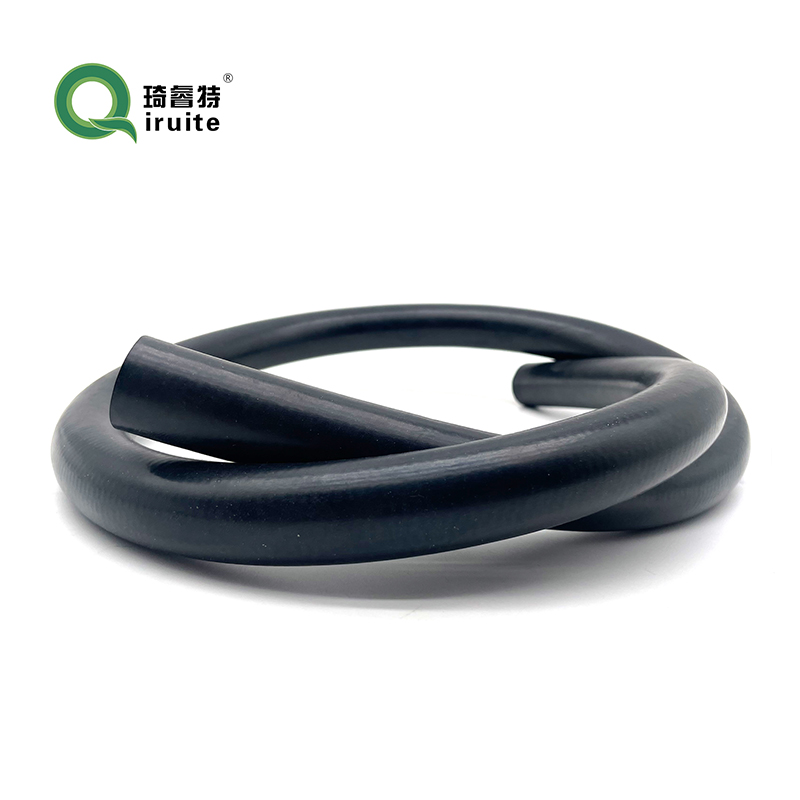Effective Techniques for Using a Sewer Jetter to Clear Clogs and Blockages
Using a Sewer Jetter A Comprehensive Guide
Clogged drains are a common household issue that can lead to a host of problems, including unpleasant odors, sewage backups, and potential damage to your plumbing system. When traditional methods of clearing clogs fail, using a sewer jetter can be an effective solution. A sewer jetter is a powerful tool that utilizes high-pressure water streams to clear blockages in pipes. This article will delve into the workings of a sewer jetter, its advantages, and how to use it safely and effectively.
Understanding Sewer Jetters
A sewer jetter is essentially a specialized drain cleaning device that connects to a standard water supply, such as a garden hose or outdoor spigot. The jetter contains a high-pressure nozzle that sends water through a flexible hose into your plumbing. The force of the water is capable of dislodging stubborn obstructions, such as grease buildup, tree roots, and other debris that can cause significant blockages. Unlike traditional plumbing snakes, which push the obstruction aside, a sewer jetter cleans the entire pipe, providing a more thorough solution.
Advantages of Using a Sewer Jetter
1. Efficiency Sewer jetters can clear clogs much faster than manual methods, saving you valuable time. 2. Thorough Cleaning The high-pressure water not only removes blockages but also cleans the pipe walls, reducing the likelihood of re-clogs in the future. 3. Versatility Sewer jetters can be used on various types of pipes, including residential plumbing, commercial drains, and even industrial sewage systems. 4. Environmentally Friendly With the use of water alone, jetters eliminate the need for harsh chemicals that can be harmful to both the environment and plumbing systems.
Safety Precautions
Before using a sewer jetter, it's crucial to take appropriate safety precautions
- Wear Protective Gear Always wear safety goggles, gloves, and long sleeves to protect yourself from water sprays and debris. - Locate the Clog Before you start, try to identify the location of the clog, whether it's in a sink, toilet, or main sewer line. - Inspect the Pipes Check for any visible damage to pipes before proceed. If there are cracks or corrosion, using a jetter might cause further damage. - Know Your Equipment Familiarize yourself with how to operate the sewer jetter, including adjusting the pressure settings and using the appropriate nozzle for your specific application.
Using a Sewer Jetter
Now that you understand the benefits and safety measures, here is a step-by-step guide to using a sewer jetter effectively
using a sewer jetter

1. Gather Equipment You will need a sewer jetter, a water source, a suitable nozzle, and any additional hoses if necessary. Some local hardware stores offer rental options for jetters if you want to try it out before purchasing.
2. Connect the Jetter Attach the sewer jetter to your water source. Ensure all connections are secure to avoid any leaks.
3. Prepare the Area Clear the area around the drain you are working on. Remove any debris or obstructions that can hinder your operation.
4. Insert the Nozzle Gently insert the nozzle of the sewer jetter into the drain. Make sure the hose is not kinked and can move freely.
5. Turn on the Water Gradually turn on the water supply. Most jetters will require you to adjust the pressure. Start at a lower pressure to avoid damaging weak pipes.
6. Clear the Clog As the water flows through the nozzle, it will create a powerful jet stream that can dislodge debris. Move the nozzle back and forth to ensure thorough cleaning.
7. Monitor Progress Periodically check the drainage progress. If you notice that water is flowing freely, continue to clean the pipe for a few more minutes to get rid of any remaining buildup.
8. Turn Off and Disconnect Once the clog is cleared, turn off the water supply and carefully remove the nozzle from the drain.
9. Clean Up Properly clean your equipment and return it to its storage location.
Conclusion
Using a sewer jetter can be an efficient and effective way to deal with stubborn clogs in your plumbing system. By understanding its functionality, following safety guidelines, and using it correctly, you can maintain your drainage system and potentially save on costly plumbing repairs in the future. Always remember, if you’re unsure or uncomfortable with DIY plumbing tasks, it’s best to consult a professional plumber.
-
Ultimate Spiral Protection for Hoses & CablesNewsJun.26,2025
-
The Ultimate Quick-Connect Solutions for Every NeedNewsJun.26,2025
-
SAE J1401 Brake Hose: Reliable Choice for Safe BrakingNewsJun.26,2025
-
Reliable J2064 A/C Hoses for Real-World Cooling NeedsNewsJun.26,2025
-
Heavy-Duty Sewer Jetting Hoses Built to LastNewsJun.26,2025
-
Fix Power Steering Tube Leaks Fast – Durable & Affordable SolutionNewsJun.26,2025

